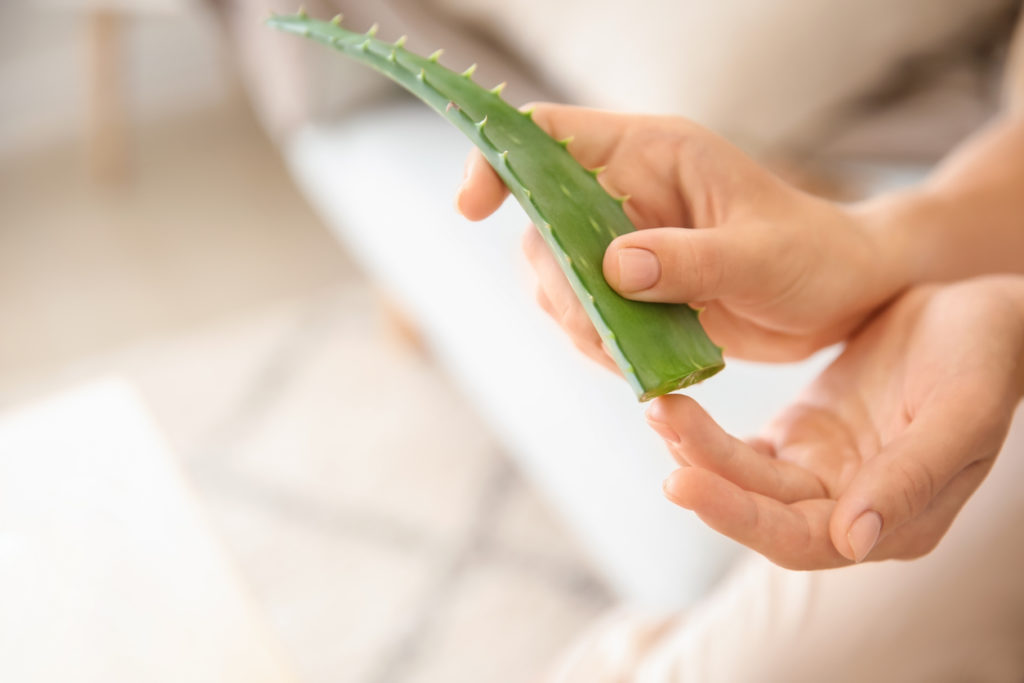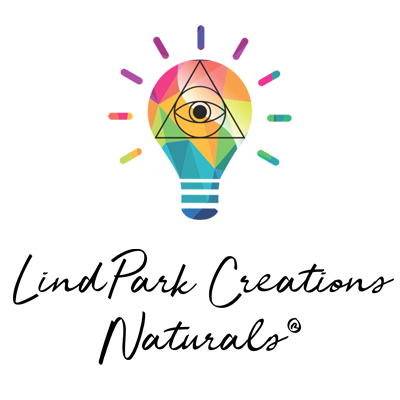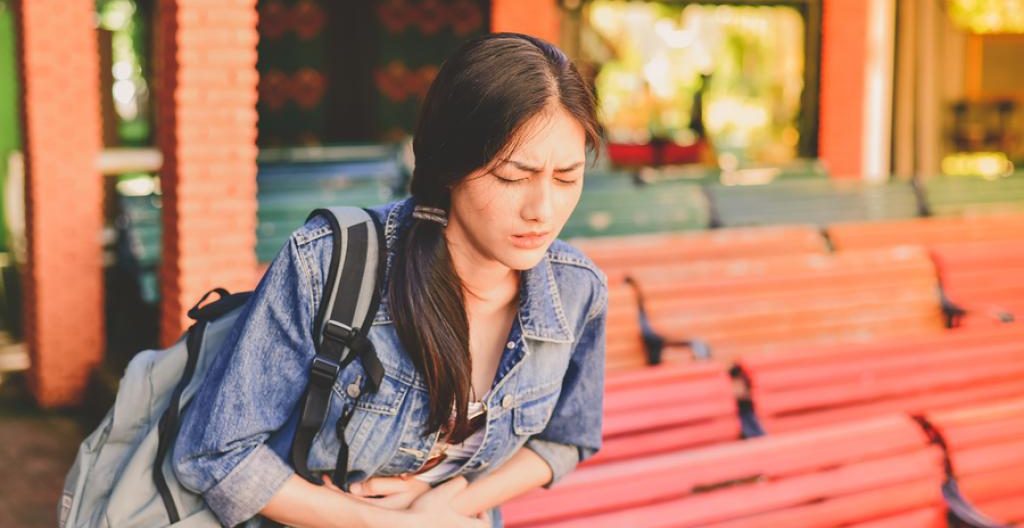Coming back from a holiday with a sore gut as your souvenir is never fun. From Bali to Delhi, infections that cause traveller’s diarrhoea can lead to chronic digestive issues and even skin infections, if you don’t repair the damage done.
Traveller’s diarrhoea is a form of gastroenteritis (known as ‘gastro’), an intestinal infection that triggers inflammation and injury in your gut. Like other forms of gastro, it causes acute symptoms such as abdominal pain, diarrhoea, fatigue and fever, which typically pass with the infection.
However, even in the weeks following infection, the damage to your intestinal lining can disturb your ability to create digestive juices (required to digest your food properly) and house healthy gut bacteria, which make up your gut microbiome, the beneficial microorganisms that play an important role in gut health.
Together, the loss of these bugs and the injury to your gut may cause ongoing digestive discomfort, such as chronic bloating or changes to bowel habits. If left untreated, in some people it may progress to chronic digestive disorders, such as irritable bowel syndrome (IBS)1 along with chronic skin rashes if left untreated.
Step 1: Start with a Snapshot
Whether you develop chronic gut symptoms after Bali belly depends on a couple of factors. One is how healthy your gut was to begin with: if you started off with a lower number of beneficial bacteria, due to factors such as a low-fibre diet or a history of antibiotic use which can disturb your gut bacteria, you may be more likely to develop chronic gut issues following Bali belly. The second is the type of bug: a super destructive bug can decimate even the healthiest microbiome to the point where knock-on issues start to arise (such as chronic bloating).
Regardless of the situation, if you’ve experienced Bali belly and don’t feel like your gut is back to normal yet, get a snapshot of your gut bacteria through microbiome testing. This test allows you to assess the damage by revealing every single type of bacteria in your gut (beneficial and less beneficial) and how they may be impacting your gut health. With this information, you and your Naturopath can create a plan to bring your gut microbiome back into balance. You may be prescribed a Herbal Tincture to kill off certain bacteria’s, yeasts, viruses or worms.
Step 2: Repair and Regenerate your Gut
After analysing your gut microbiome, it’s time to start repairing your gut using a combination of probiotics, nutrients and herbal extracts. Probiotic strains including Saccharomyces cerevisiae (boulardii) (SB), Lactobacillus rhamnosus (LGG®) and Bifidobacterium animalis ssp lactis (BB-12®) have been shown to assist with the consequences of traveller’s diarrhoea by:
- Preventing infections from escalating, by blocking infectious bugs from being able to ‘stick’ to your gut lining and causing havoc2,3;
- Protecting your gut from tissue injury caused by gastro4,5,6; and
- Restoring a beneficial balance of gut bacteria lost to infection or treatment with antibiotics.7,8
It’s important to note that these benefits are unique to the above probiotic strains (types); you can’t take just any old probiotic and get the same results.
Nutrients, such as glutamine and zinc, in addition to herbal extracts, such as aloe vera and boswellia, can also repair the damage to your gut lining caused by gastro, by reducing inflammation and providing the nutritional building blocks your gut needs to heal.9,10,11,12 As such, by combining the power of probiotics, herbs and nutrients, you can help your gut return to its former glory.

Step 3: Eat your Way to Gut Health
Eating to maintain your gut health is fundamental to your recovery process, as this helps to restore your beneficial bacteria and can promote gut healing. Start with following these simple tips:
- Minimise your intake of inflammatory foods (such as alcohol or foods that are high in sugar), as these can make it difficult for your gut to heal;
- Aim to eat an abundance of plants, particularly colourful vegetables, such as purple carrot and sweet potato, as these contain prebiotics known as polyphenols, which help feed and rebuild your good gut bacteria; and,
- Limit foods that cause you bloating or discomfort, such as sugar, alcohol, dairy or wheat, just for a few weeks, whilst the gut rebuilds and regains its ability to digest these foods properly.
These are just a few small ways to better your diet and get back on track after Bali belly, but for specific dietary advice to suit your unique needs, speak to your Naturopath or book a consult here.
Destination: Gut Regeneration!
Nothing can make you appreciate the value of good gut health like a bout of gastro!
However, with the help of your Naturopath, you can score a one-way ticket back to living your life without the lingering effects of traveller’s diarrhoea and poor skin. Start by being proactive, getting a snapshot of your gut followed by taking steps to heal the gut in conjunction with a healthy diet, so you can get back to wanderlusting over your next expedition!
References
1 Muench SC, Aroniadis OC. Risk factors associated with development of post-infection irritable bowel syndrome following acute gastroenteritis in a large urban healthcare center: 456. Am J Gastro. 2018 Oct 1;113:S265.
2 Sassone-Corsi M, Raffatellu M. No Vacancy: How beneficial microbes cooperate with immunity to provide colonization resistance to pathogens. J Immunol. 2015;194(9):4081–87.
3 Meynard J. Managing antibiotic associated diarrhoea. BMJ. 2002; 324:1345-6.
4 Garcia Vilela E, De Lourdes De Abreu Ferrari M, Oswaldo Da Gama Torres H, Guerra Pinto A, Carolina Carneiro Aguirre A, Paiva Martins F et al. Influence of Saccharomyces boulardii on the intestinal permeability of patients with Crohn’s disease in remission. Scand J Gastroenterol. 2008;43(7):842-8.
5 Francavilla R, Miniello V, Magistà AM, De Canio A, Bucci N, Gagliardi F, et al. A randomized controlled trial of Lactobacillus GG in children with functional abdominal pain. Pediatrics. 2010 Dec;126(6):e1445-52.
6 Gupta P, Andrew H, Kirschner BS, Guandalini S. Is lactobacillus GG helpful in children with Crohn’s disease? Results of a preliminary, open-label study. J Pediatr Gastroenterol Nutr. 2000 Oct;31(4):453-7.
7 Collignon A, Sandré C, Barc MC. Saccharomyces boulardii modulates dendritic cell properties and intestinal microbiota disruption after antibiotic treatment. Gastroenterol Clin Biol. 2010 Sep;34 Suppl 1:S71-8.
8 Barc MC, Charrin-Sarnel C, Rochet V, Bourlioux F, Sandré C, Boureau H, et al. Molecular analysis of the digestive microbiota in a gnotobiotic mouse model during antibiotic treatment: Influence of Saccharomyces boulardii. Anaerobe. 2008 Oct;14(4):229-33.
9 Akisu M, Baka M, Huseyinov A, Kultursay N. et al. The role of dietary supplementation with L-glutamine in inflammatory mediator release and intestinal injury in hypoxia/reoxygenation-induced experimental necrotizing enterocolitis. Ann Nutr Metab. 2003;47(6):262-6.
10 Sturniolo GC, Di Leo V, Ferronato A, D’Odorico A, D’Incà R. Zinc supplementation tightens “leaky gut” in Crohn’s disease. Inflamm Bowel Dis. 2001;7(2):94-8.
11 Gerhardt H, Seifert F, Buvari P, Vogelsang H, Repges R. Therapy of active Crohn’s disease with boswellia serrata extract H15. Z Gastroenterol. 2001;39(1):11-17.
12 Ng SC, Lam YT, Tsoi KF, Chan FK, Sung JJ, Wu JC. Systematic review: the efficacy of herbal therapy in inflammatory bowel disease. Aliment Pharmacol Ther. 2013;38:854-863.

